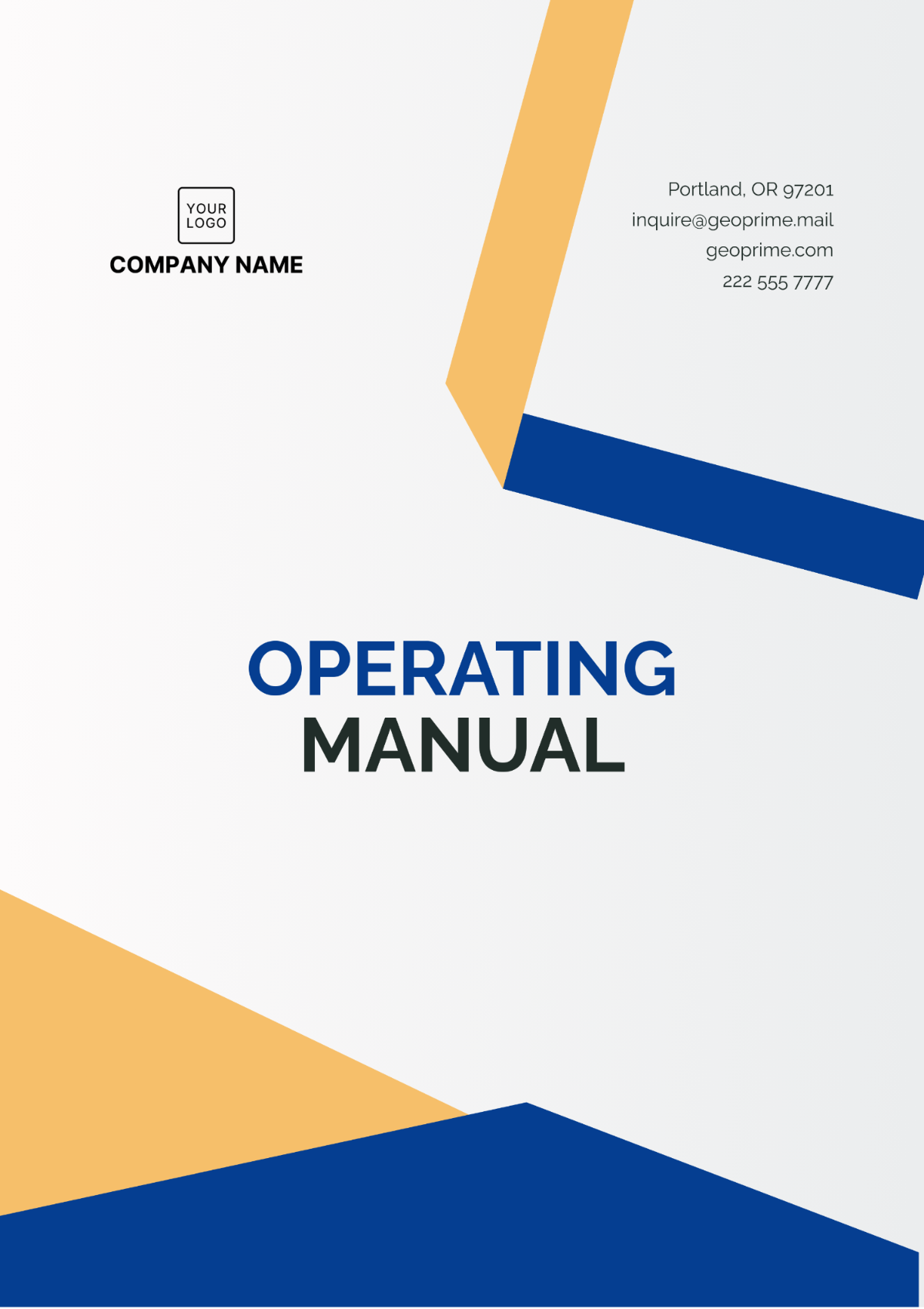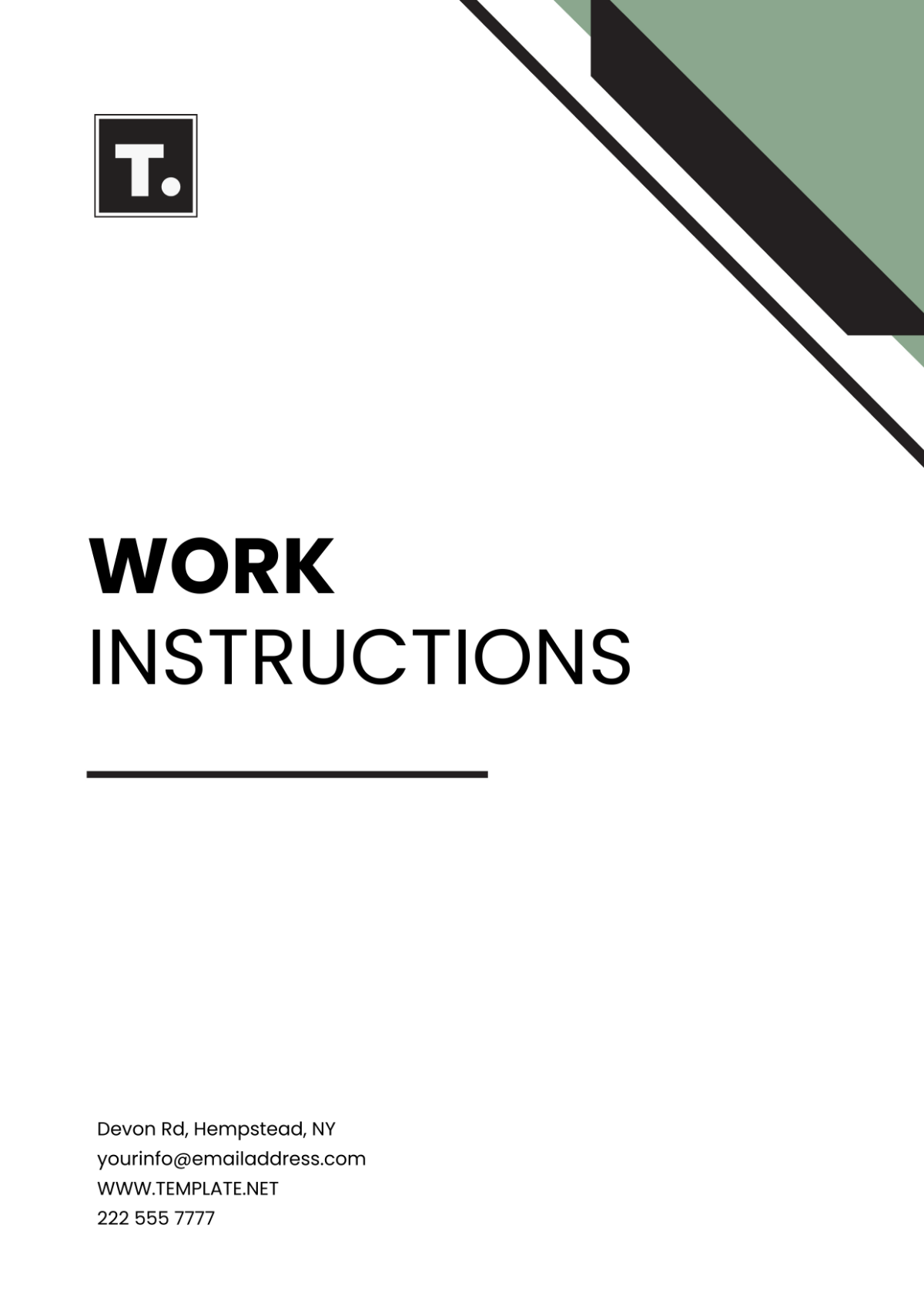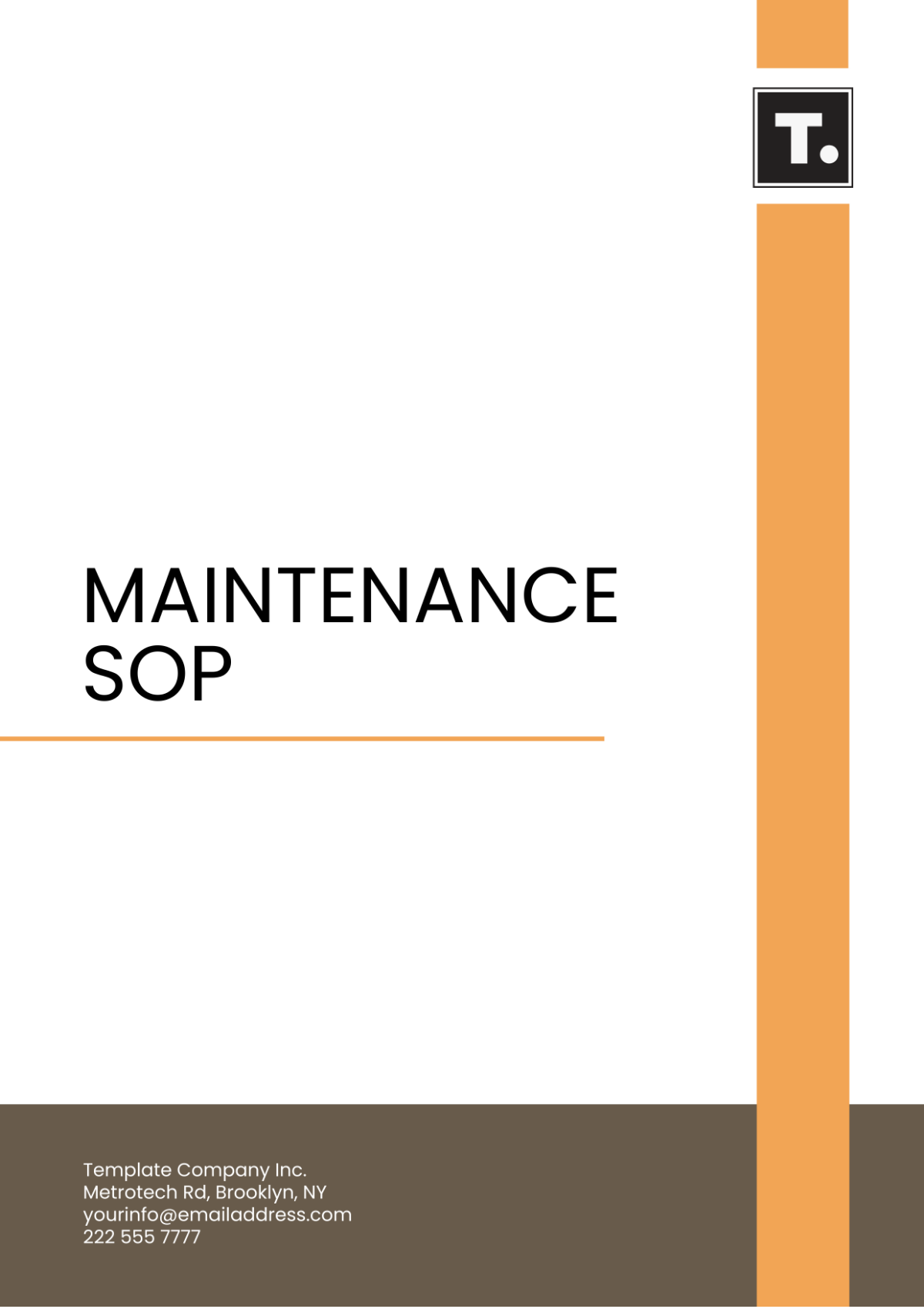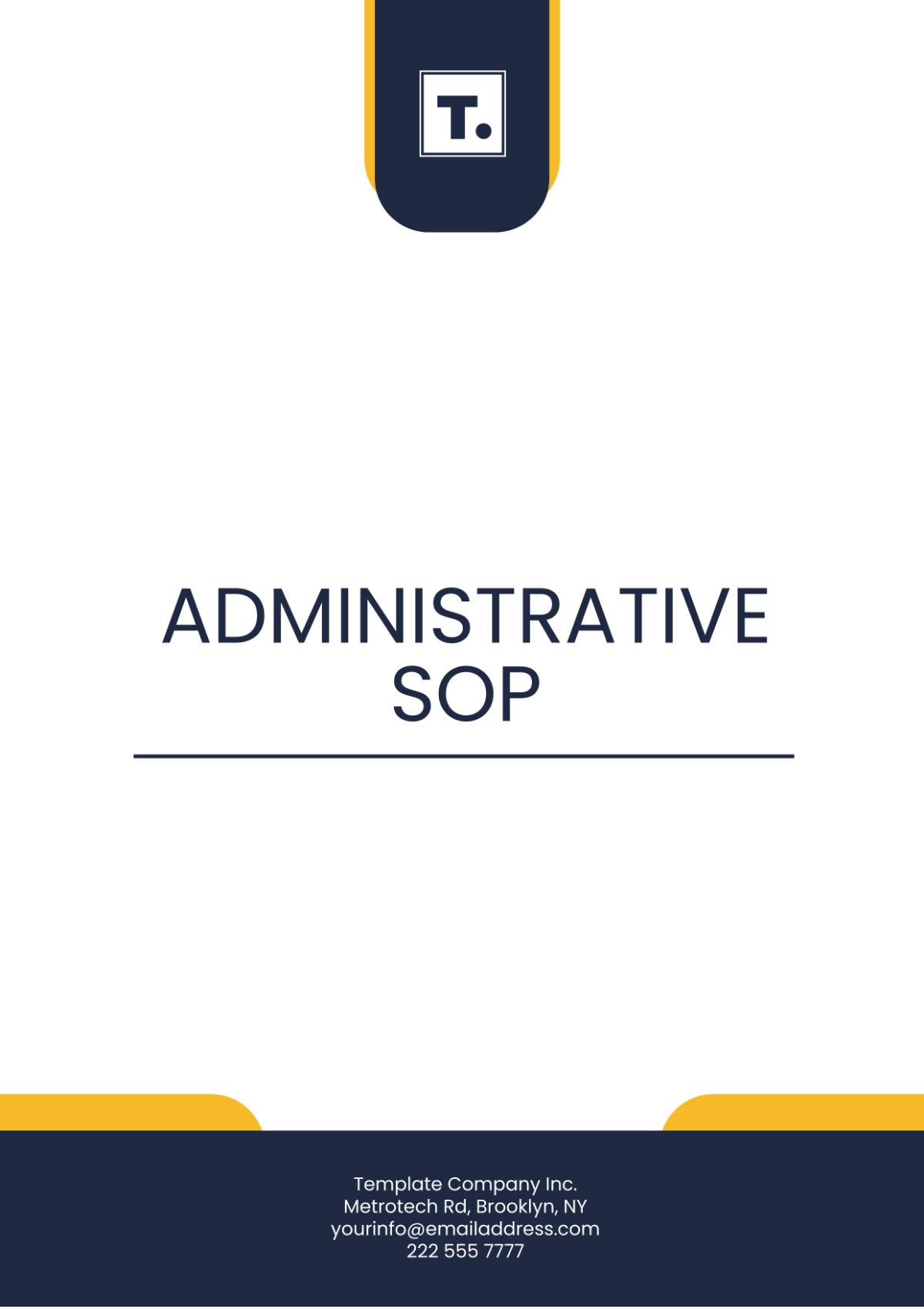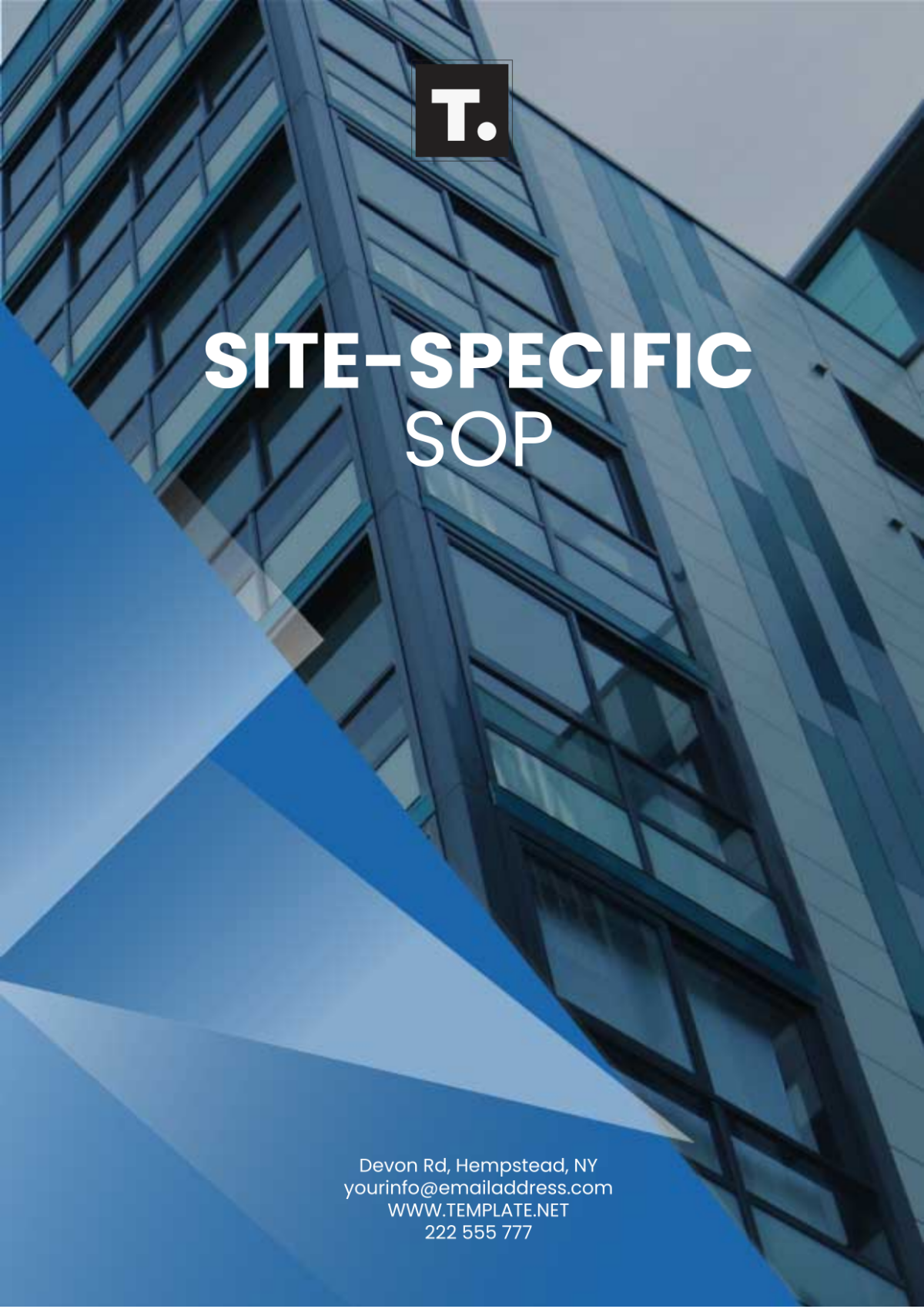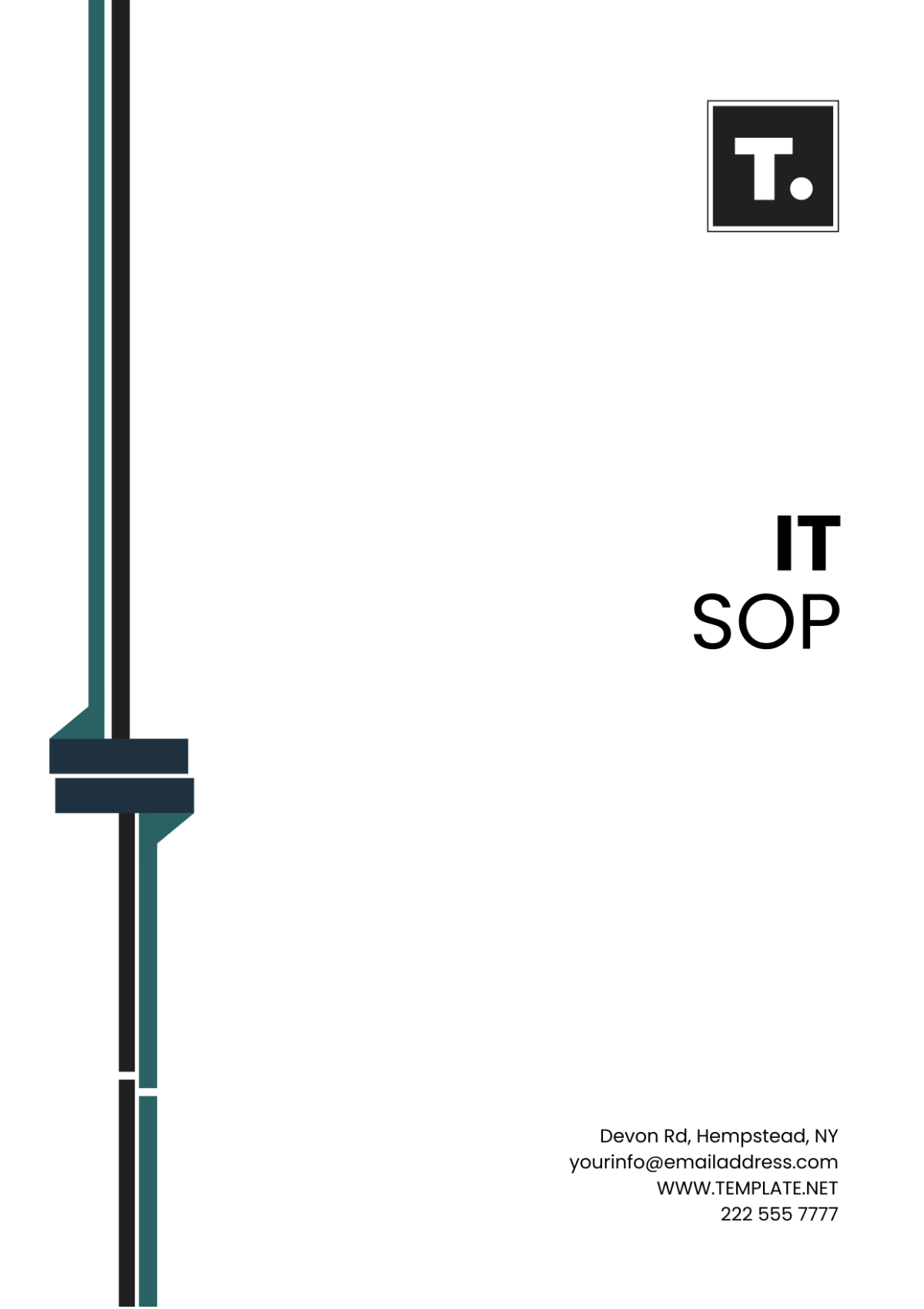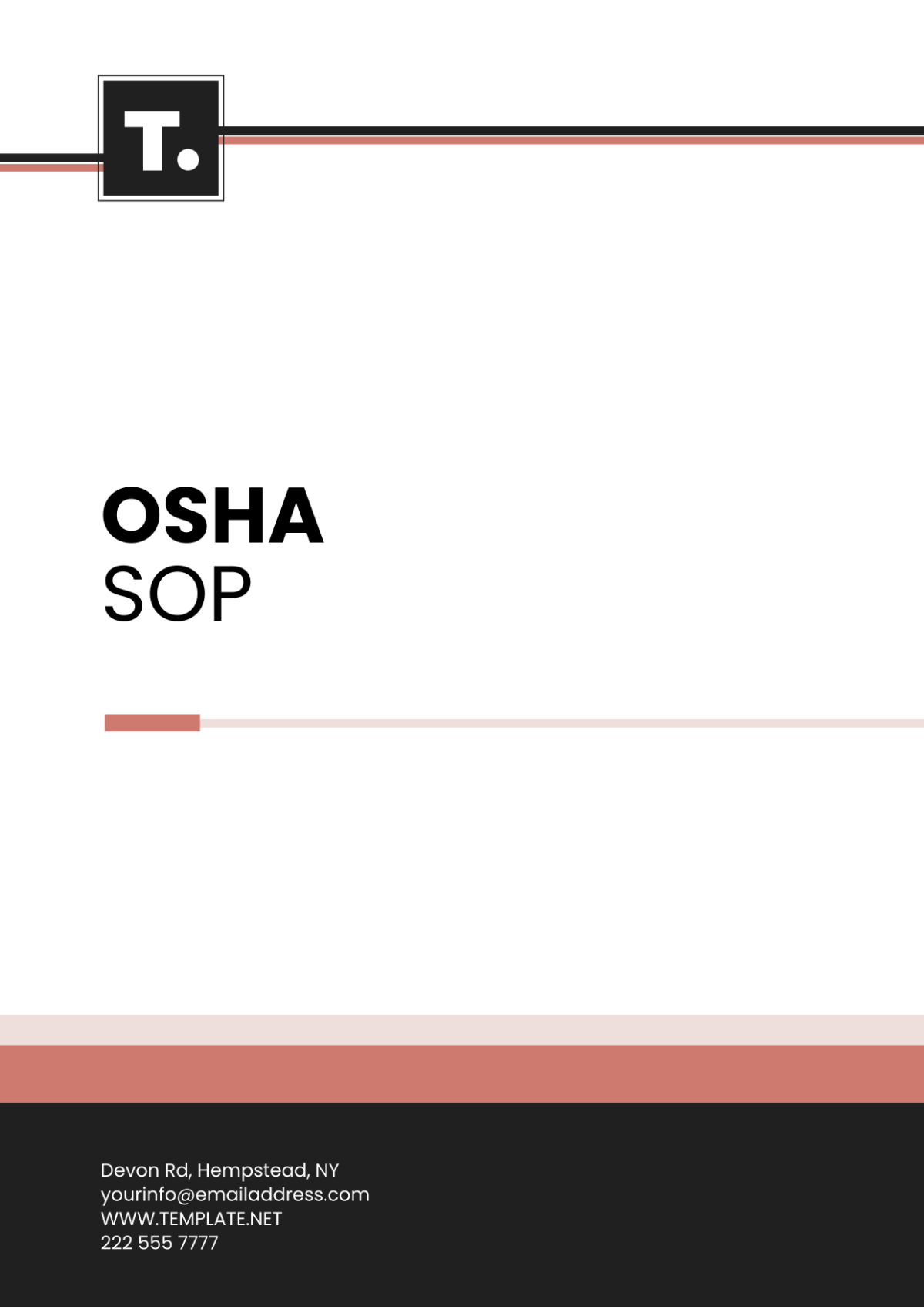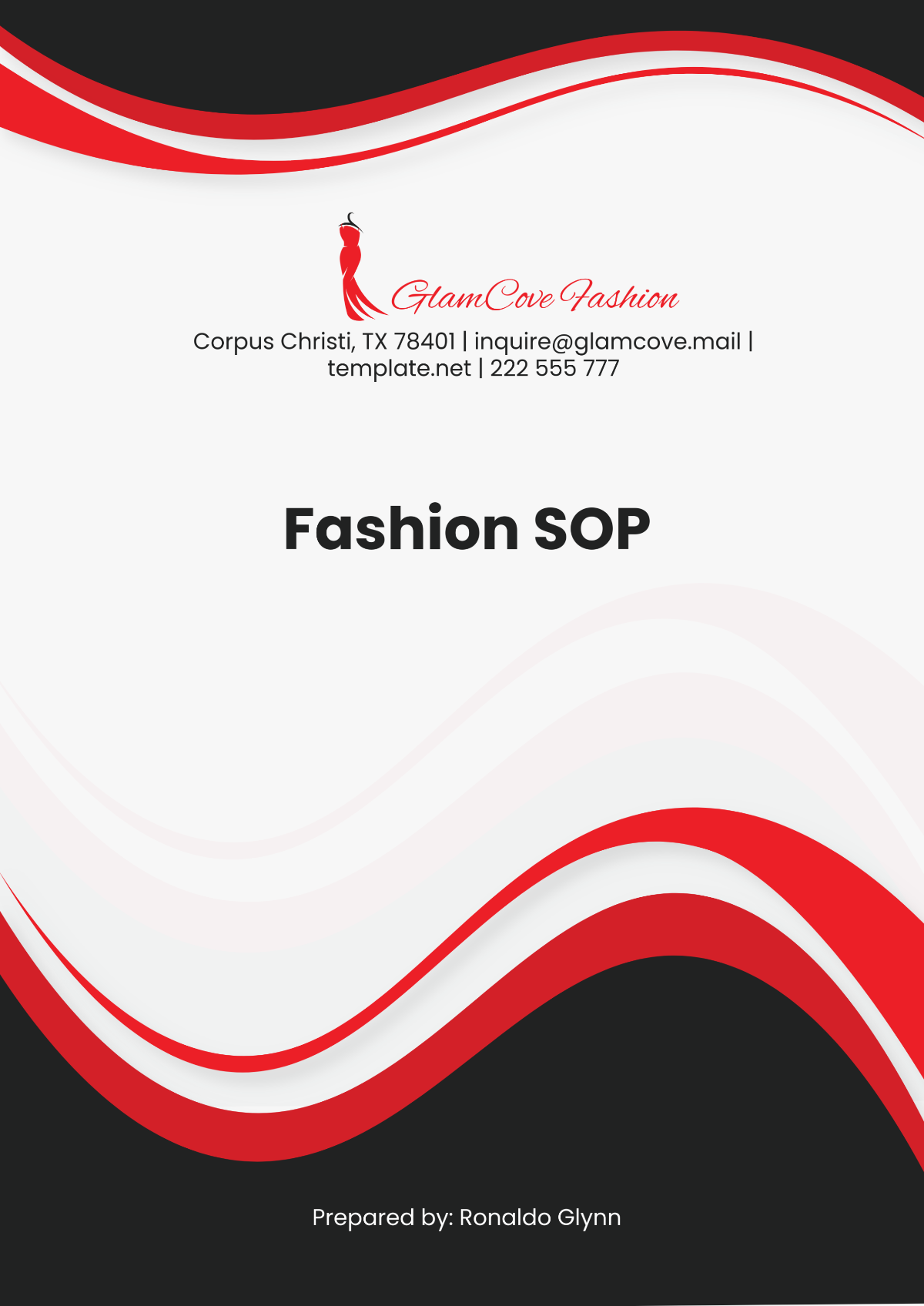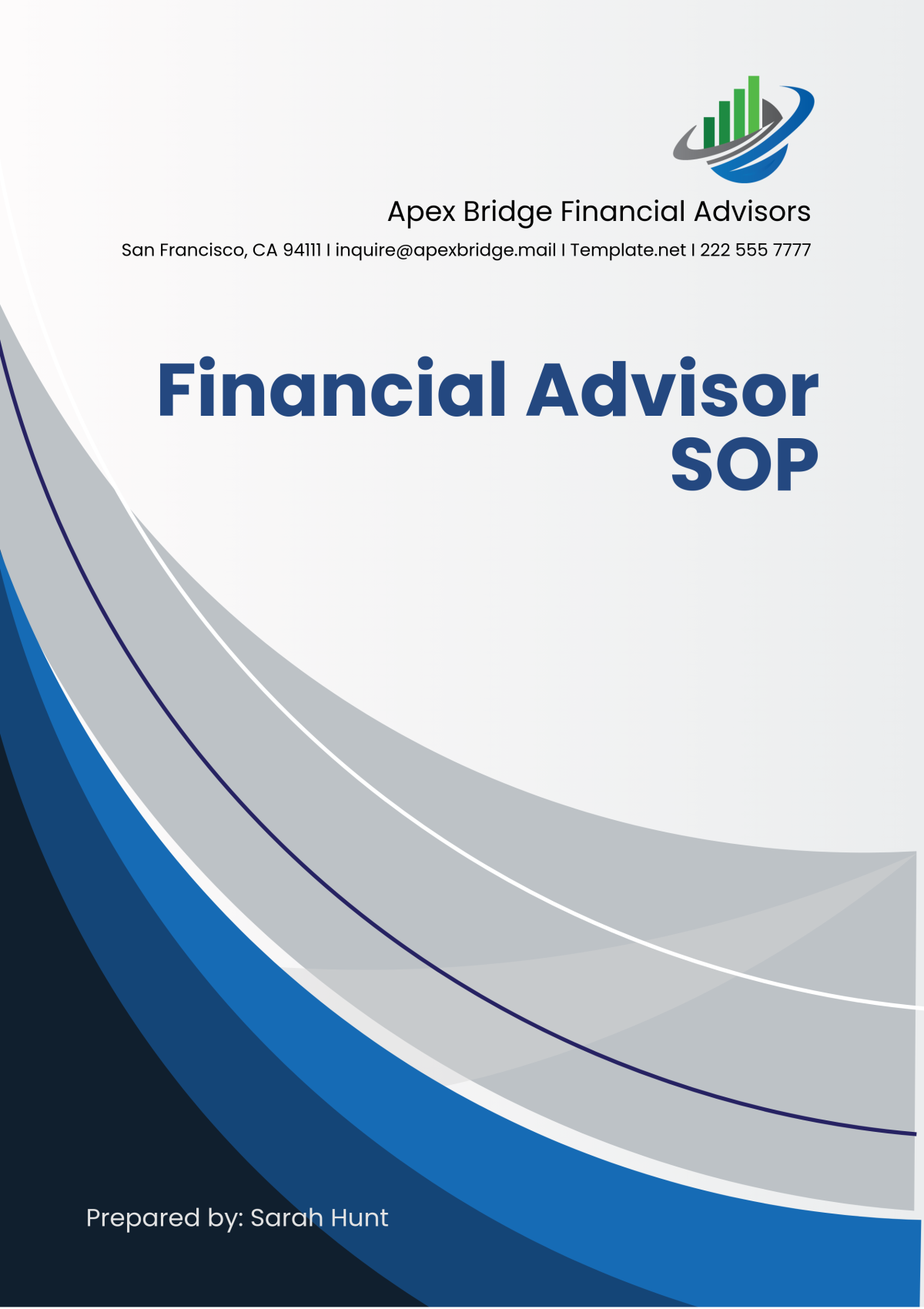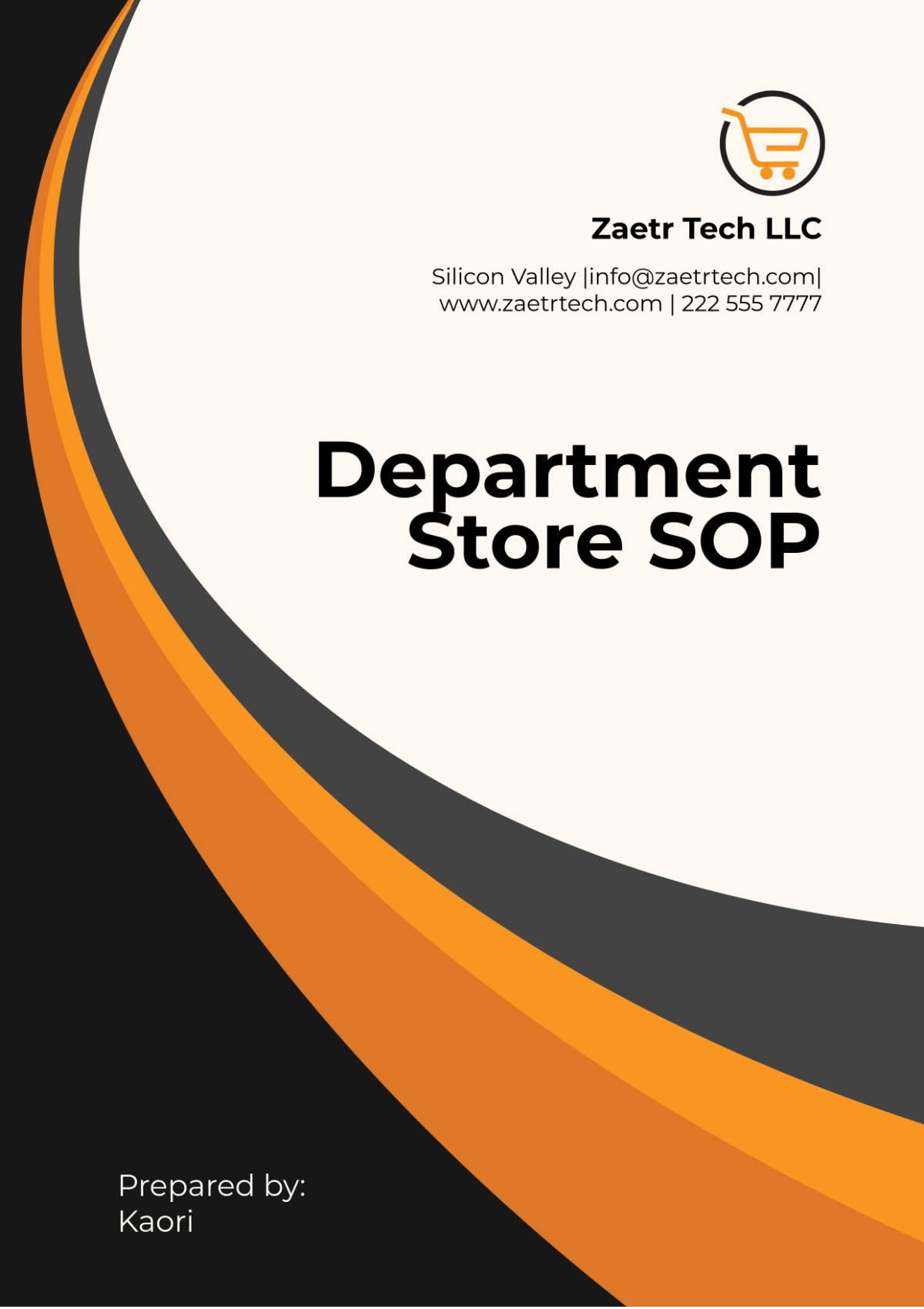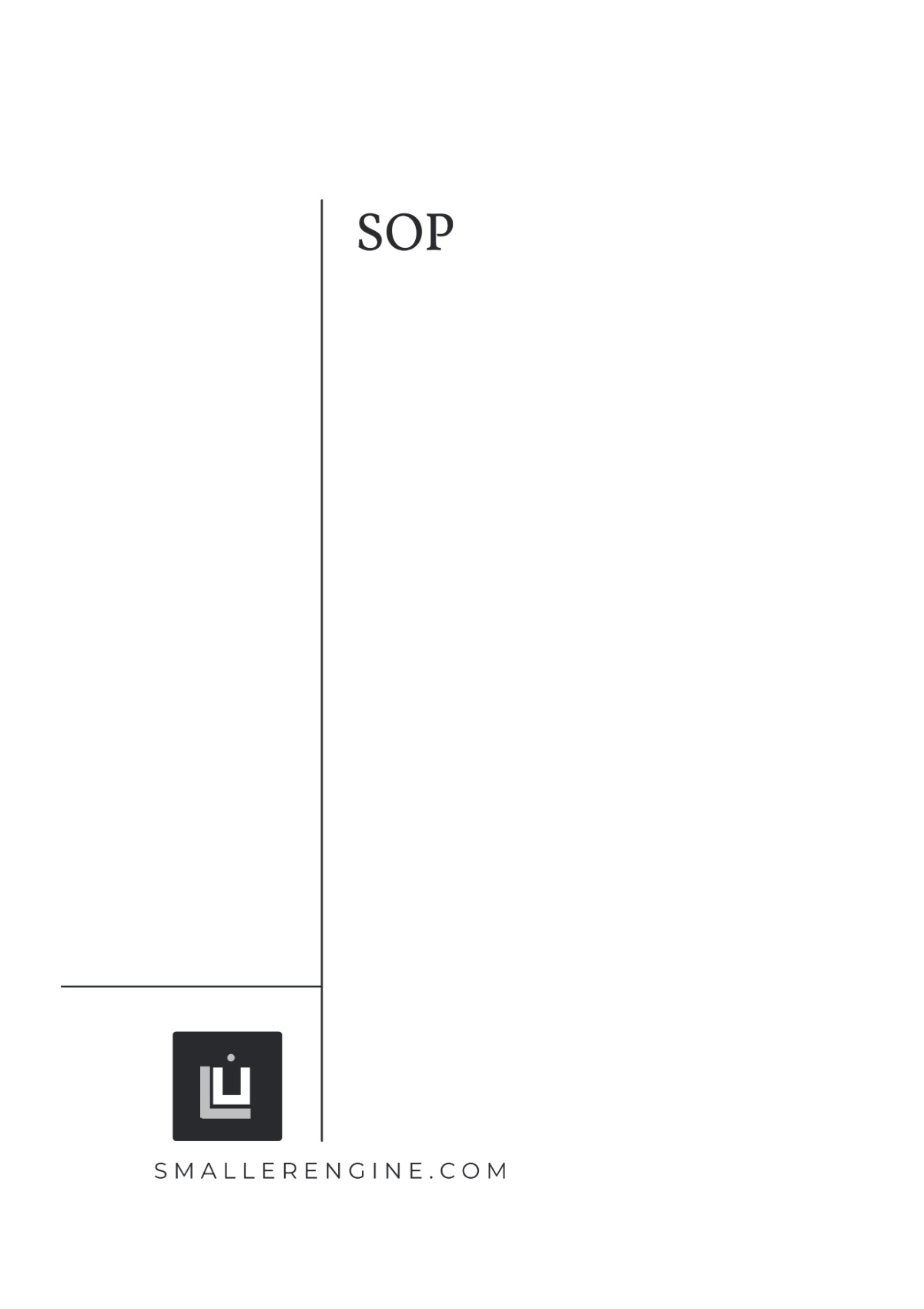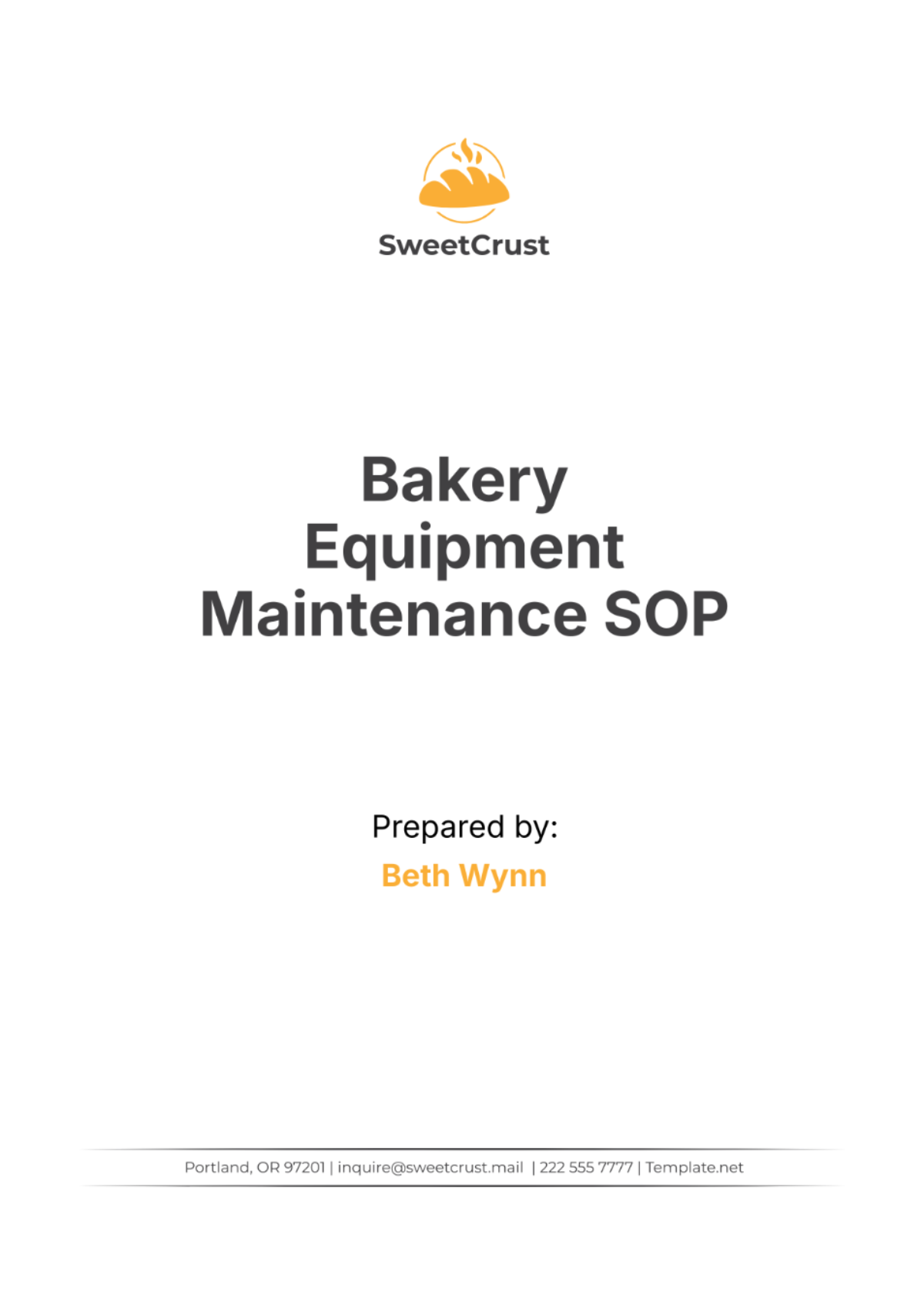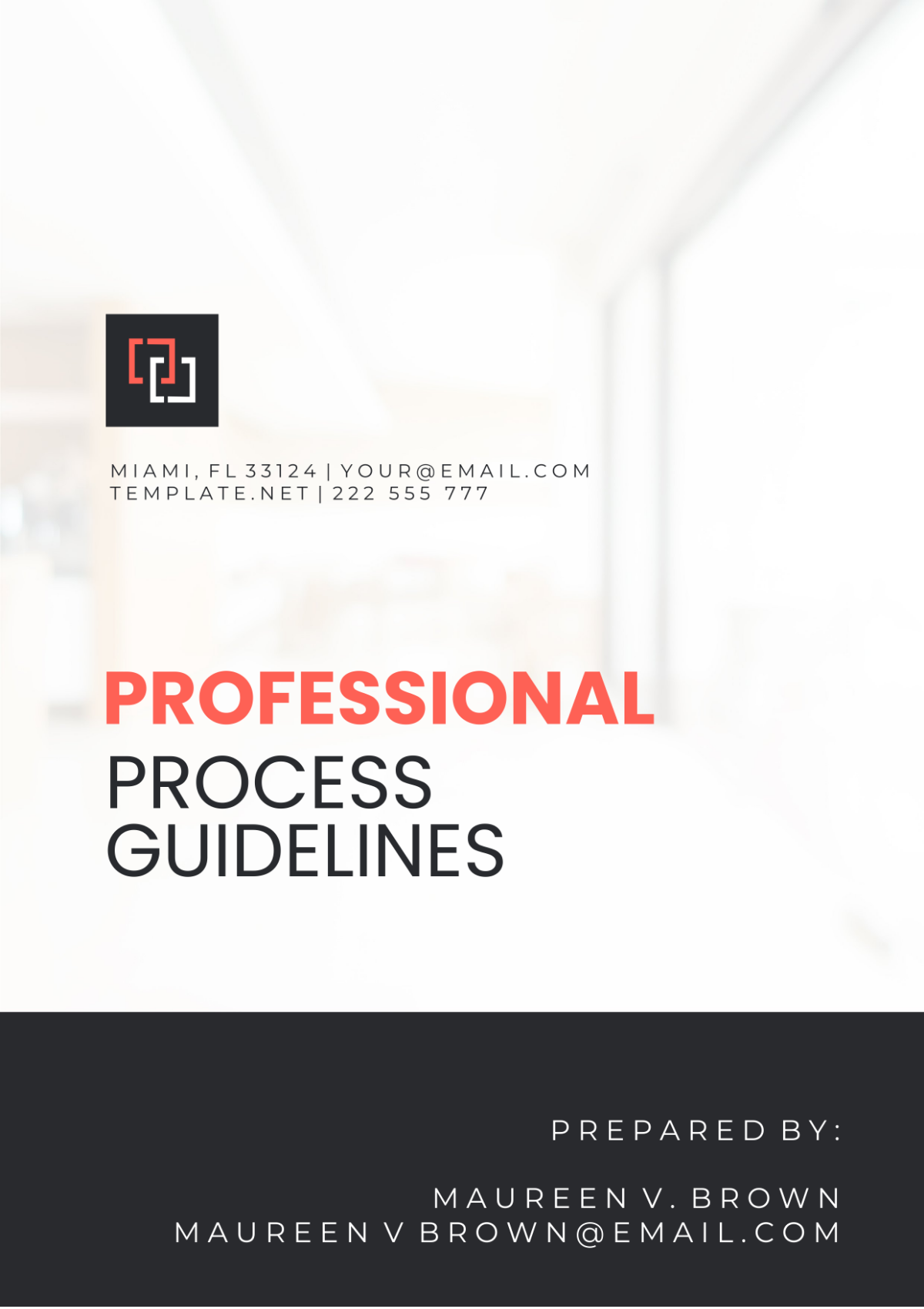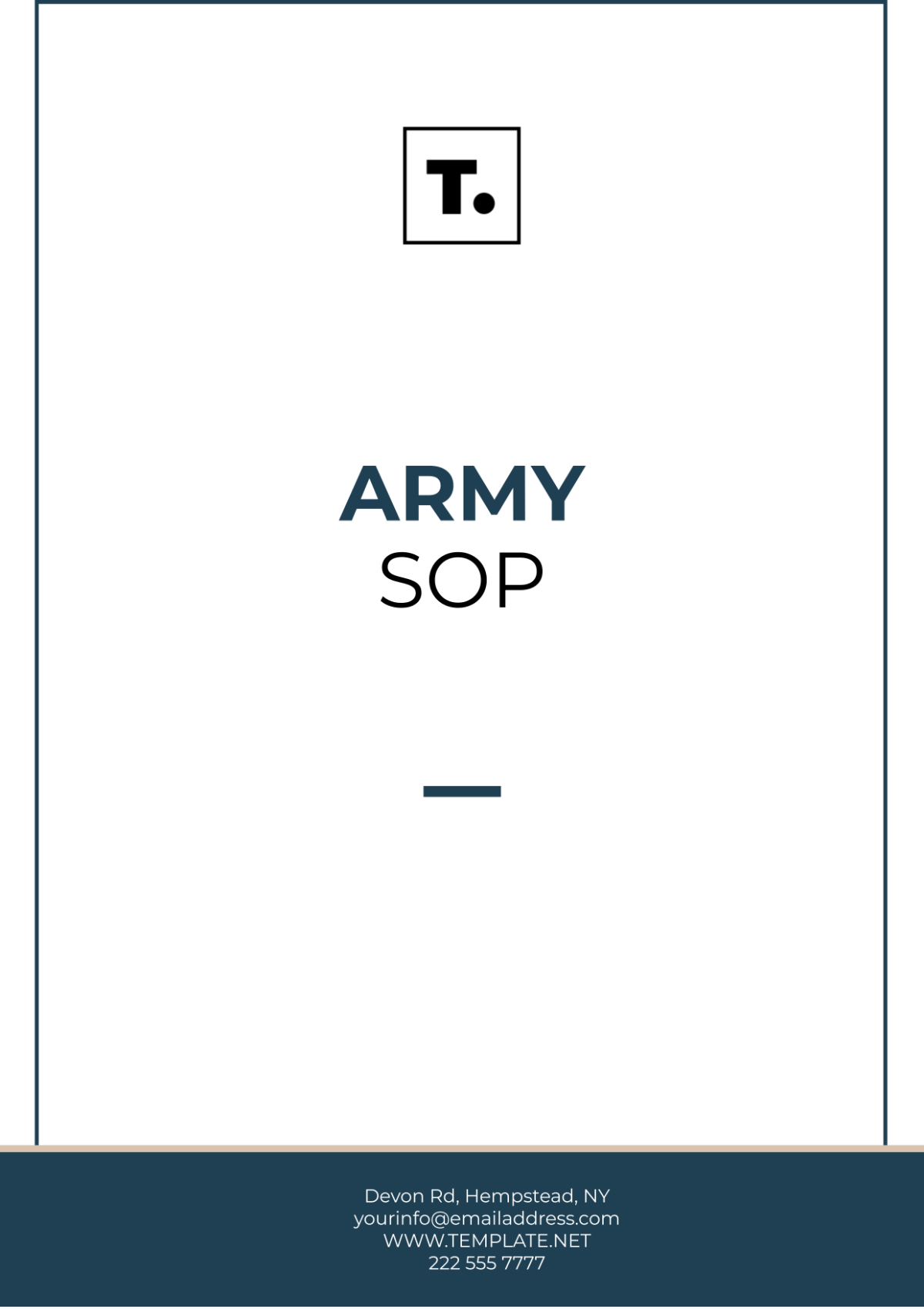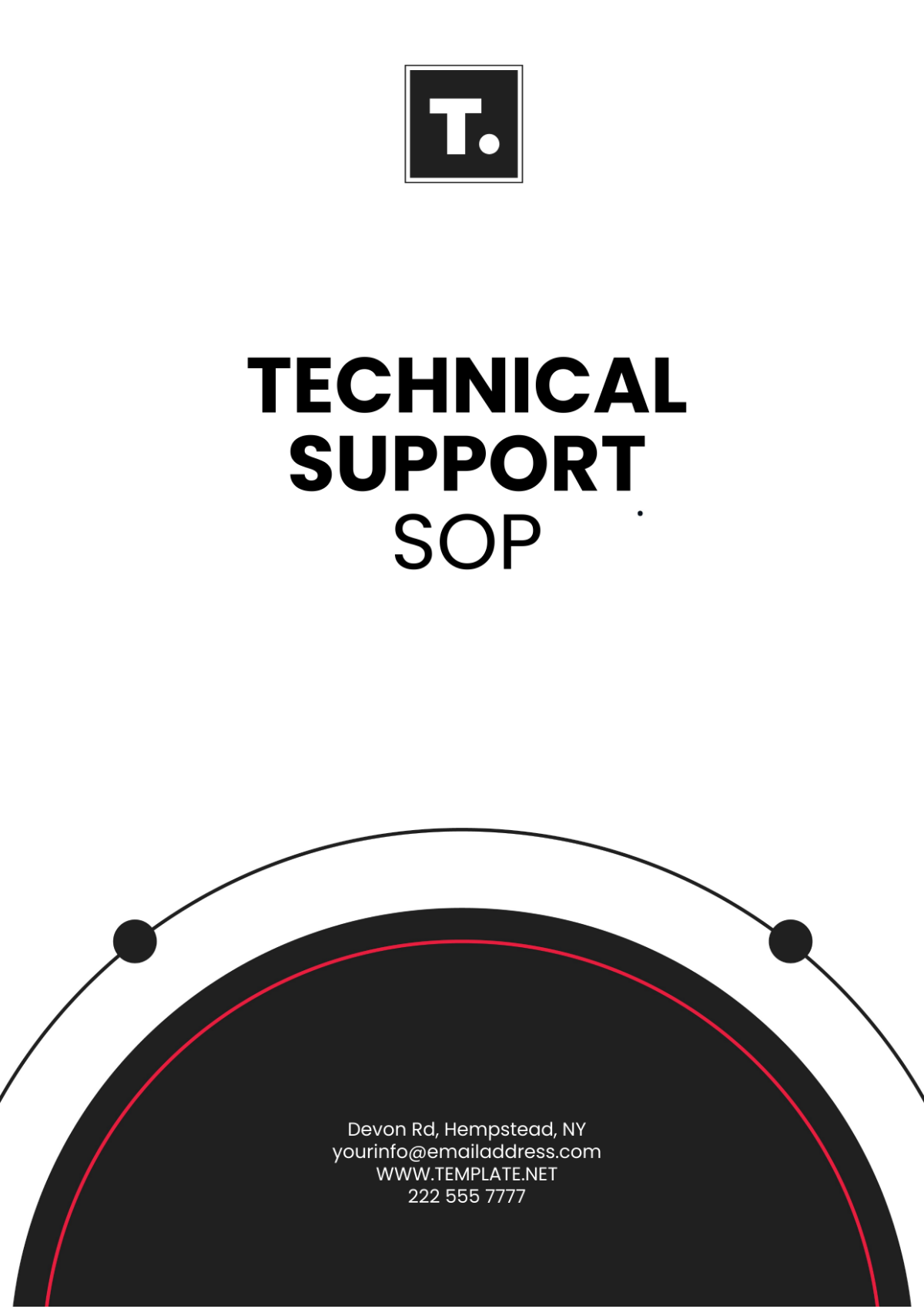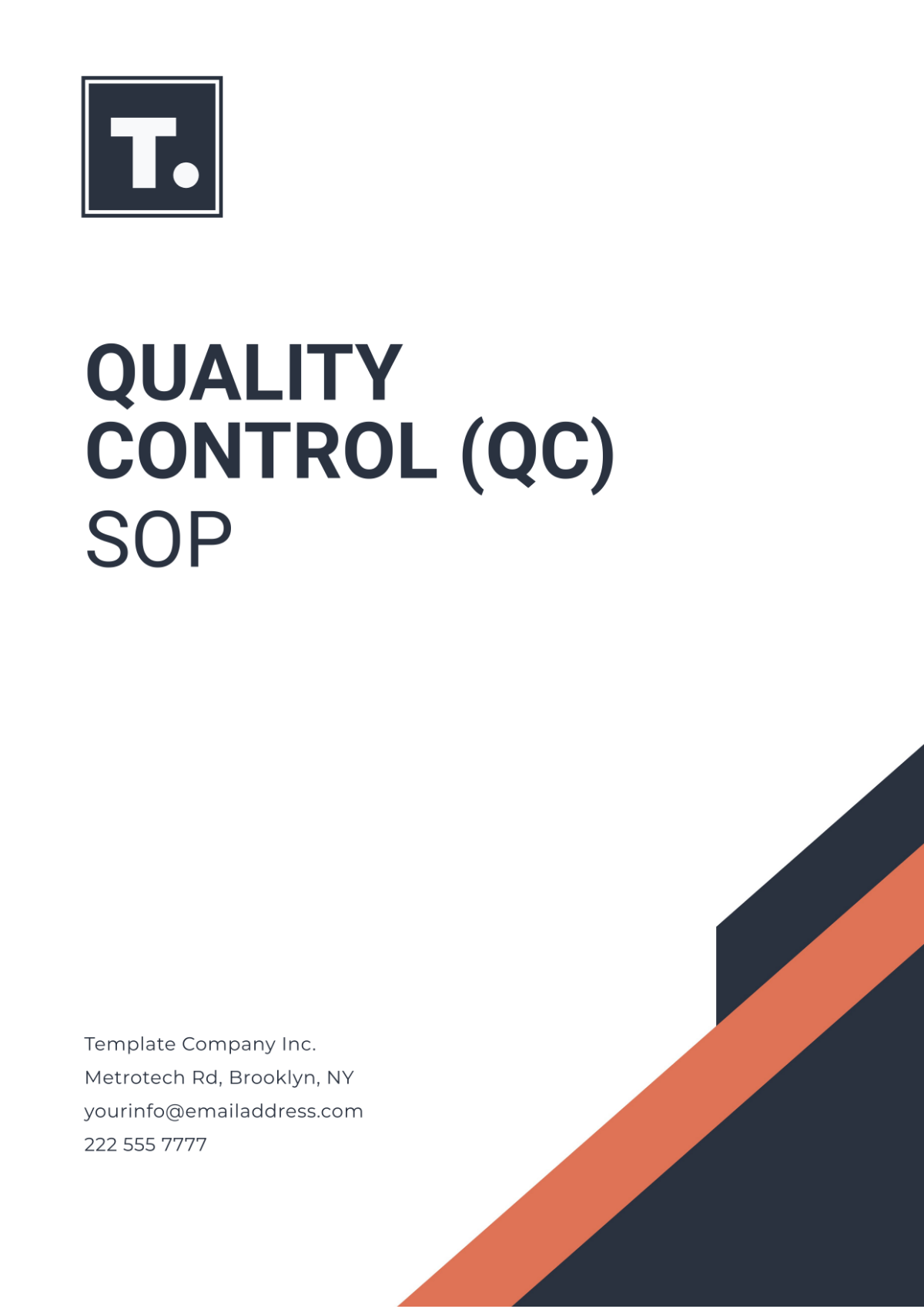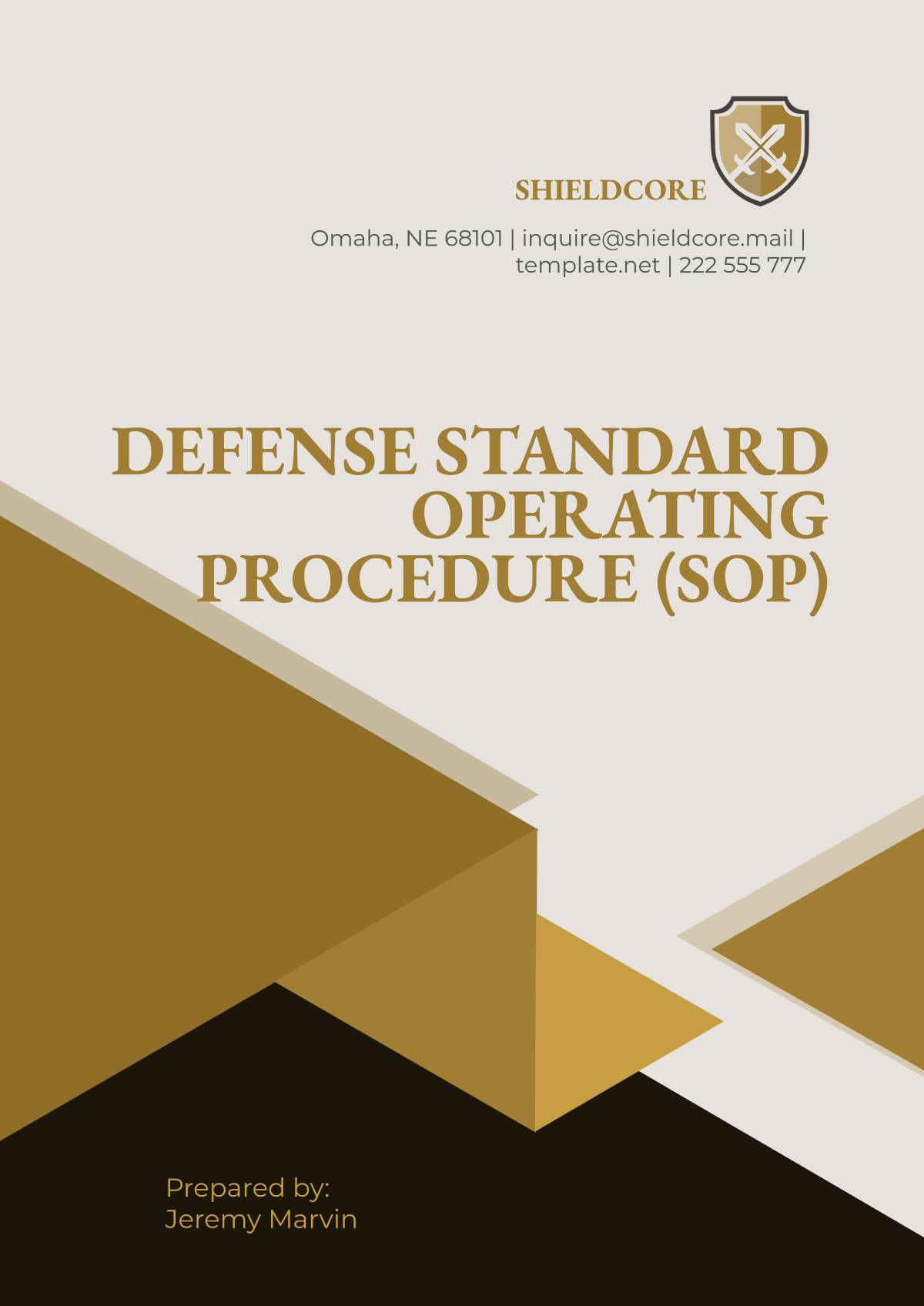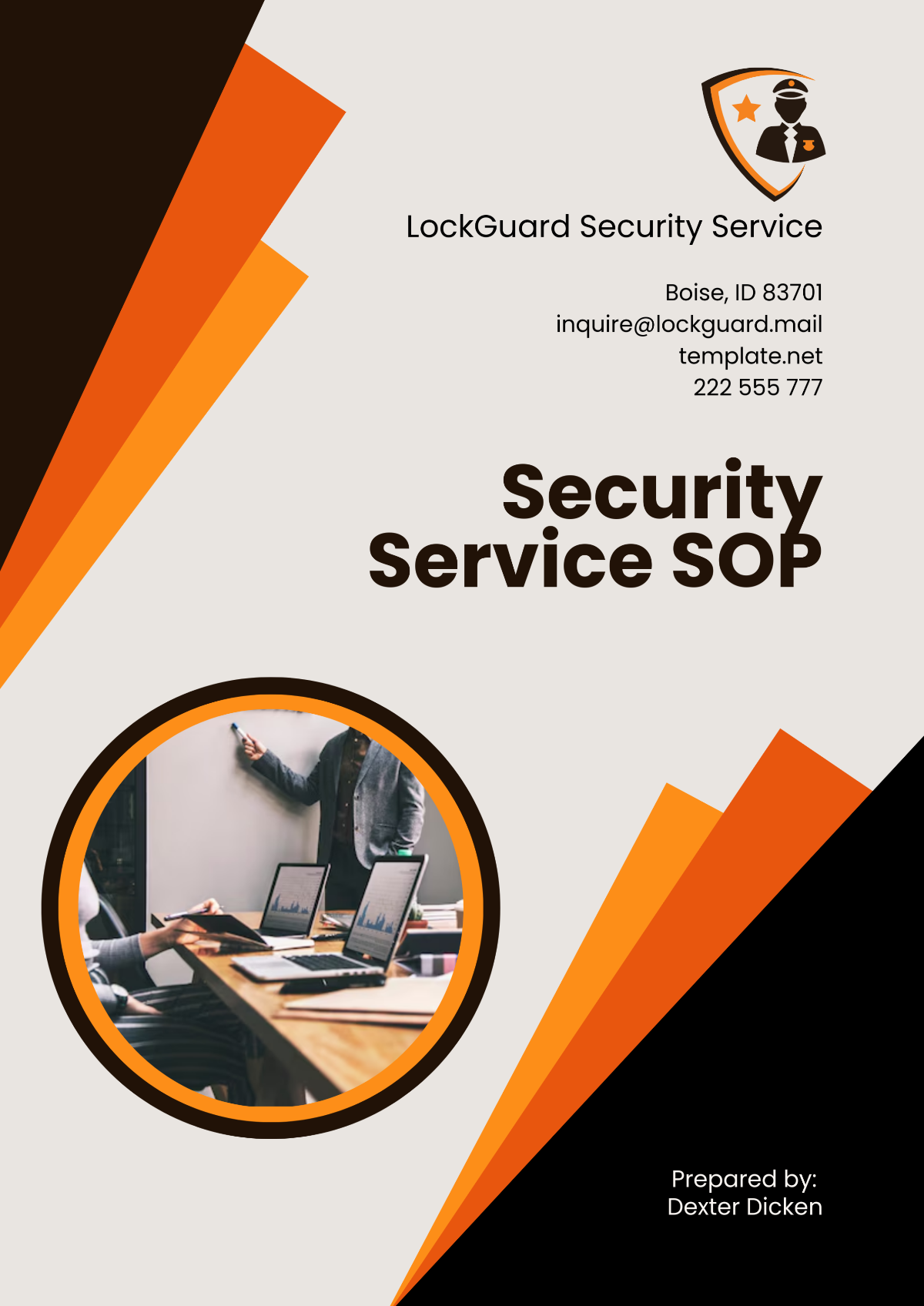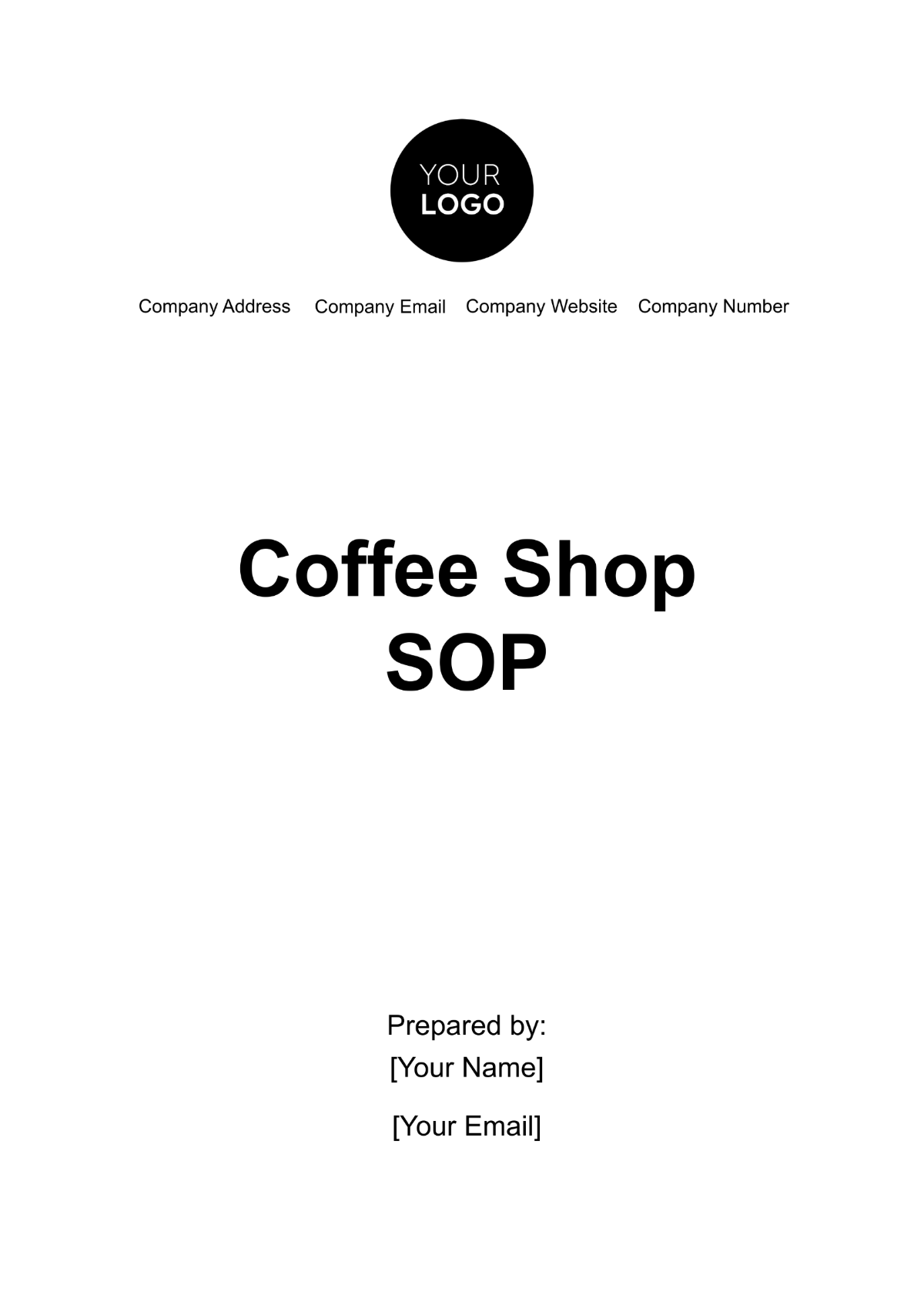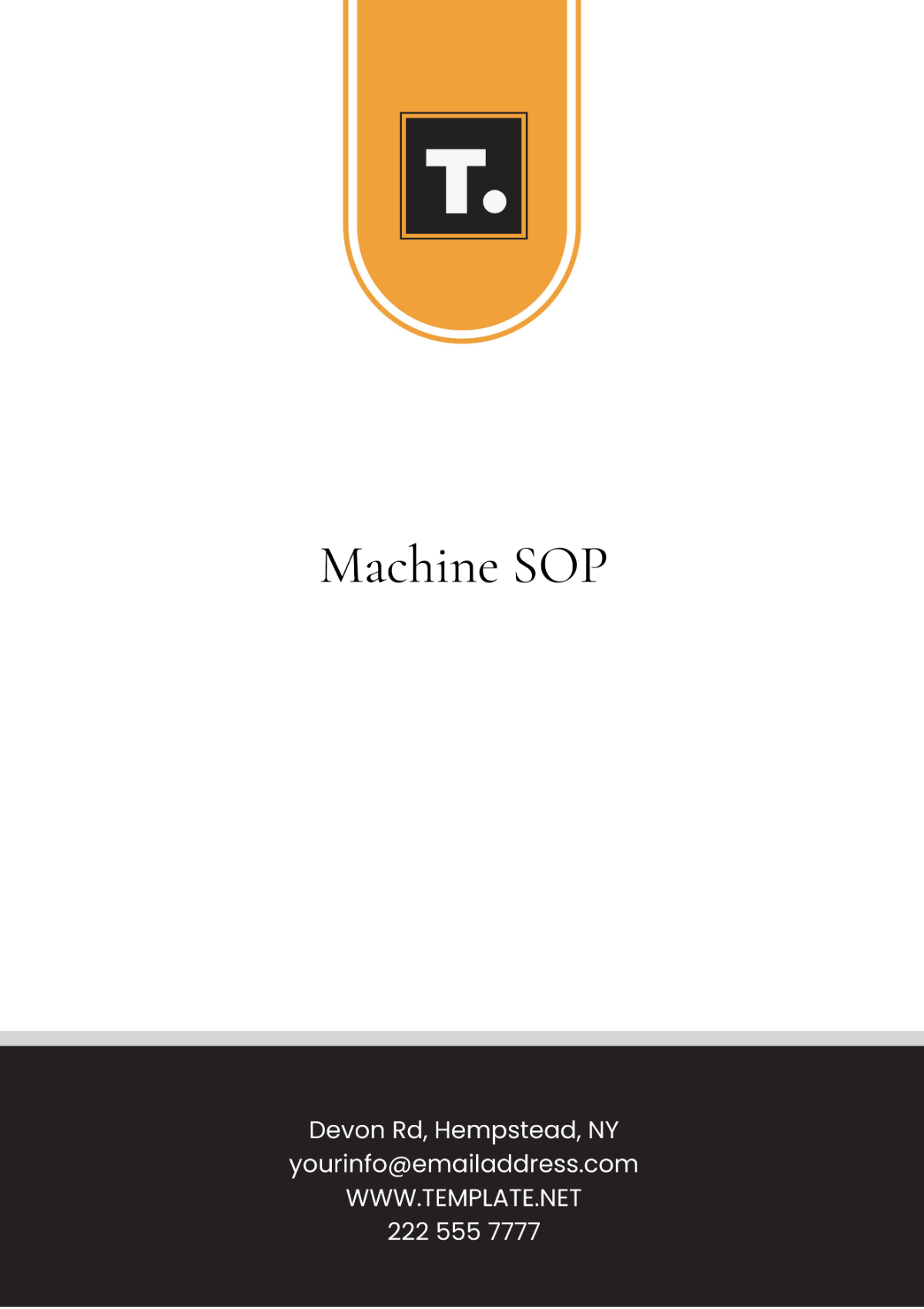Sales Training SOP
I. Introduction
Purpose
[Your Company Name] Sales Training Standard Operating Procedure (SOP) outlines the systematic approach to providing effective sales training. Our mission is to equip our sales team members with the knowledge, skills, and tools they need to excel in their roles, enhance sales performance, and drive the growth of our organization.
Scope
This SOP applies to all sales team members at [Your Company Name] and encompasses various training programs, including initial onboarding, ongoing professional development, and role-specific training.
II. Training Needs Assessment
The Training Needs Assessment section is a critical initial step in our sales training process. It involves a comprehensive evaluation to identify the unique requirements and knowledge gaps of our sales team members. The primary aim is to determine what specific areas of training are needed to enhance their skills and ensure they meet or exceed the company's performance standards.
Skill Gap Analysis
We perform a thorough analysis of the existing skill sets within the sales team. This involves assessing the proficiency levels of team members in areas such as product knowledge, sales techniques, communication, and technology utilization.
Training Objectives Definition
Once skill gaps are identified, we define clear and specific training objectives. These objectives align with our company's strategic goals and are aimed at addressing the identified gaps.
Learning Styles and Preferences
We recognize that individuals have diverse learning styles and preferences. Our assessment considers these differences to ensure that the training methods and materials are suitable for all team members, regardless of their preferred learning style.
Resources Availability Assessment
A critical aspect of the needs assessment is evaluating the availability of resources required for effective training. This includes access to trainers, training materials, technology, and physical training facilities.
III. Training Content Development
The Training Content Development section outlines the process of creating and maintaining high-quality training materials and resources. This includes the design of the training curriculum, development of role-specific content, and regular review and enhancement of training materials to ensure their relevance and effectiveness.
Curriculum Design
Method | Details |
|---|---|
Content Relevance | We prioritize the development of training materials that align with current industry trends and the evolving products and services offered by [Your Company Name]. This ensures that our sales team is equipped with the most up-to-date knowledge. |
Multimedia and Interactivity | To enhance engagement and knowledge retention, our training materials incorporate multimedia elements. These may include videos, interactive simulations, and virtual reality experiences that make the learning experience more interactive and enjoyable. |
Real-World Case Studies | We place a strong emphasis on practical application. Therefore, our training materials feature real-world case studies and scenarios. These case studies bridge the gap between theoretical knowledge and practical implementation. |
Role-Specific Training
Understanding that different sales roles have unique requirements, we design specialized training modules tailored to each role. These modules equip our sales professionals with the specific skills and knowledge needed for their positions.
Role Identification: Identify various sales roles within the organization and categorize them to tailor training content to meet the specific needs and demands of each role.
Specialization Modules: Develop specialized training modules for different sales roles, allowing in-depth specialization and expertise.
Scenario-Based Learning: Create training materials that simulate real-world sales scenarios, enabling trainees to apply theoretical knowledge in practical contexts.
Training Materials Review
Regular review is a cornerstone of maintaining high-quality content. We establish a content review team responsible for assessing and updating training materials at least once every six months, ensuring that the content remains current and effective.
Regular Updates: Establish a content review team responsible for assessing and updating training materials at least once every six months or more frequently as needed.
Quality Assurance: Quality control checks are conducted to maintain the highest standards of training materials. This includes ensuring accuracy, relevance, and alignment with the training objectives.
IV. Training Delivery
Diverse Learning Options
Options | Details |
|---|---|
In-Person Training | Offer in-person training sessions at suitable locations, accommodating trainees who prefer a traditional classroom setting. |
Virtual Training | Provide virtual training sessions to cater to remote and geographically dispersed team members, leveraging online platforms and video conferencing. |
Self-Paced Learning | Develop self-paced modules accessible via our online learning platform, enabling trainees to learn at their own pace and convenience. |
Workshops and Group Discussions
Type | Details |
|---|---|
Interactive Sessions | Organize regular workshops, group discussions, and peer learning communities, creating opportunities for trainees to collaborate, share insights, and learn from one another. |
Social Learning | Emphasize the importance of social learning in building a strong sense of team unity, as trainees work together to solve problems and exchange experiences. |
V. Assessment and Evaluation
The Assessment and Evaluation highlights the importance of continuously monitoring and assessing the effectiveness of our training programs. By gathering feedback and measuring performance, we ensure that our sales team members are on track to meet or exceed our standards.
Continuous Improvement
Feedback Loops:
We have established a system of regular assessments and feedback loops within our training process. These feedback loops allow trainees to provide input, and trainers and mentors to evaluate the effectiveness of the training program.
Actionable Feedback:
The feedback we collect is constructive, specific, and actionable. This enables trainees to identify areas for growth and development, and it empowers our trainers to make targeted improvements.
Dynamic Training:
We use data gathered from assessments and feedback to dynamically adapt training modules and content. This ensures that the training remains relevant and effective, addressing specific areas of improvement and aligning with changing market conditions.
VI. Mentorship and Coaching
The process of Mentorship and Coaching is fundamentally important and plays a huge role in the onboarding phase of new sales team members, as well as their ongoing development and growth within the company. This outlines our inherent mentorship programs which have been established within the organization and play a decisive and impactful role. These programs are especially beneficial in supporting and guiding our new team members as they go through their initial phases of integration into the team, providing them with the necessary knowledge and tools to successively merge within the company's operations.
Mentorship Programs
Mentor Assignment:
New sales team members are paired with experienced mentors who provide guidance, answer questions, and facilitate a smooth onboarding experience. This mentorship extends over a defined duration, typically ranging from 3 to 6 months.
Mentor Training:
Mentors undergo specific training to ensure they are well-prepared to support and coach new hires effectively. This training equips mentors with the necessary skills to provide guidance and encouragement.
Mentorship Duration:
The mentorship program has a defined duration, allowing new team members to receive ongoing support and coaching during their critical initial phase. This mentorship fosters a sense of belonging and helps new hires acclimate to their roles and responsibilities.
VII. Continuous Improvement
Quarterly Training Reviews
Assessment of Implemented Recommendations:
We need to conduct reviews of the training on a quarterly basis. The purpose of doing this is to evaluate the impact of the recommendations and improvements that have been previously implemented. This will help to understand if these implementations have made a significant difference and how we can continue to improve moving forward.
Feedback Gathering:
To ensure the continuous improvement and enhancement of certain areas, it is crucial to constantly solicit feedback. This should be an ongoing and persistent effort, involving both parties in the training process. It is important to seek the opinions and perspectives of the individuals who are receiving the training, as they are the ones directly engaged in and affected by the training methods and materials. At the same time, it is equally necessary to request feedback from the ones who are responsible for conducting the training. Their insights can provide valuable input due to their expertise and experience in delivery and structuring the training. Through this continuous dialogue and exchange of feedback, areas that may require further enhancement and fine-tuning can be effectively identified.
Dynamic Adaptation:
It is imperative to ensure that our training procedures remain dynamic, responsive, and adaptable. These characteristics are necessary to appropriately respond to evolving needs and changes in market conditions. By keeping our program fluid and adaptable, we are able to consistently maintain and deliver high-quality training programs which are significant in nurturing professionalism and excellence among our participants.
VIII. Conclusion
The [Your Company Name] Sales Training SOP is designed to foster a culture of continuous learning and development within our sales team. By adhering to these procedures, we aim to equip our team with the knowledge, skills, and resources they need to excel, drive sales performance, and contribute to the overall success of [Your Company Name].
Key Points | Details |
|---|---|
Strategic Importance | Sales training is recognized as a strategically crucial component of our organization's growth. It serves as a catalyst for achieving our sales targets and contributing to the overall success of [Your Company Name]. |
Continuous Learning and Development | The SOP underscores our unwavering commitment to fostering a culture of continuous learning and development within the sales team. We recognize that the dynamic nature of the sales industry requires our team to continually enhance their skills and knowledge. |
Equipping for Success | Our primary goal is to equip our sales team with the knowledge, skills, and resources they need to excel in their roles. This, in turn, empowers them to drive sales performance, meet or exceed performance standards, and deliver exceptional value to our clients and stakeholders. |
Adaptive and Responsive Training | The SOP reaffirms our commitment to an adaptive and responsive training approach. By actively seeking feedback, conducting assessments, and dynamically adjusting training content, we ensure that our training programs remain relevant and effective in a rapidly evolving market. |
Collaborative Environment | We aim to foster a collaborative and supportive environment within the sales team. The mentorship and coaching programs are designed to provide new team members with guidance and facilitate their integration, promoting a sense of belonging within the organization. |
Strategic Alignment | All training efforts are strategically aligned with the company's objectives. Training modules are tailored to address specific skill gaps and support the realization of the company's broader vision. |

